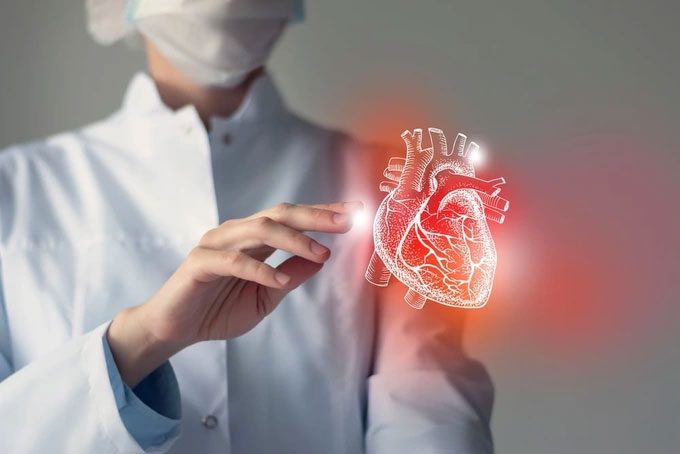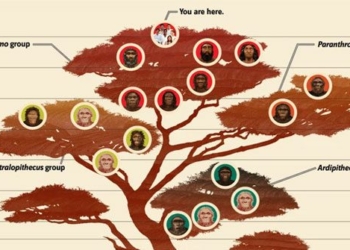Our hearts are incredibly resilient; they work tirelessly to sustain life for humans without ever getting fatigued. This remarkable endurance is due to several special mechanisms.
The cardiac muscles do not tire like skeletal muscles because they have a better blood supply, more mitochondria, and specialized pacemaker cells that help the heart function.
When we run excessively or perform intense push-up exercises, our muscles can become sore and fatigued, and these activities can even lead to fainting. However, the heart operates continuously throughout your life without tiring.
Why is that?

Cardiac muscles do not tire like skeletal muscles. (Illustration: Science ABC).
Humans have three different types of muscles, including skeletal muscle, smooth muscle, and cardiac muscle. Skeletal muscles support our movements such as exercising; they are attached to bones and tendons and comprise 30-40% of total body mass.
Smooth muscles are found in hollow organs such as the intestines, blood vessels, and urinary tract.
Skeletal muscles become fatigued when we exercise, and you can feel soreness; smooth muscles also need periods of rest.
However, cardiac muscles perform their work continuously, contracting to pump blood to various parts of the body without ever tiring due to their special mechanisms.
Cardiac muscles have a higher endurance than skeletal muscles. Muscle fatigue occurs when the muscle cannot produce enough energy to sustain movement or due to a lack of oxygen; low stored glucose levels can also contribute to this.
It’s important to note that the soreness we feel the day after exercising is almost unrelated to muscle fatigue; it is more related to damage to muscle fibers when you push them beyond their normal limits.
Unlike skeletal muscles, cardiac muscles have a rich blood supply that helps keep oxygen flowing even during high-intensity activities. Cardiac muscles also produce energy more efficiently than skeletal muscles.
The mitochondria in cardiac muscle, accounting for 35% of the cell’s volume, can generate energy, while this figure is only 3-8% for skeletal muscle. The high concentration of mitochondria helps prevent the accumulation of fatigue-inducing waste products like lactic acid.
Another factor contributing to the heart’s continuous operation without fatigue is its integrated contraction system. The heart possesses a network of specialized cells known as pacemaker cells.
The heart can also adapt and adjust its function to meet the changing demands of our behavior and environment. For example, during exercise, the heart beats faster and pumps more blood to supply oxygen and nutrients to the muscles.
This increased demand triggers a series of physiological responses, including the release of hormones like adrenaline and noradrenaline. This helps increase heart rate and contractility.
Moreover, the heart can undergo structural changes to respond to long-term changes in demand. For instance, regular exercise can lead to an increase in the size and strength of the heart, allowing it to pump more blood with each beat.
This adaptation is referred to as cardiac hypertrophy and is a normal response to increased physical activity.
It’s vital to note that while the heart is incredibly resilient, it is not invincible.
Factors such as poor diet, lack of exercise, and chronic stress can all impact the heart over time. These factors increase the risk of heart diseases, such as strokes and other cardiovascular issues.





















































